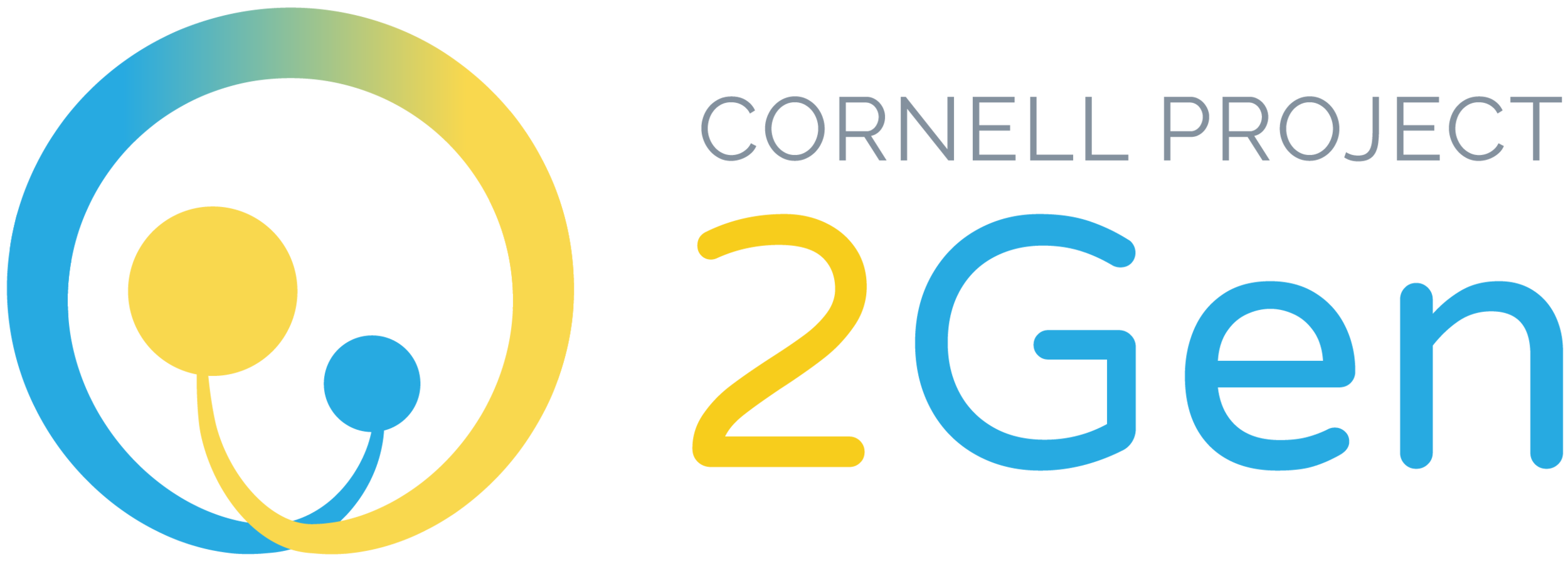Educating Both Children and Caregivers Strengthens Families
By Sharon Glick, 2018 2Gen Scholar
One of the main pillars of the two-generation policy and programming framework is education, for both children and parents. While there have been attempts in the past to create programs for both early childhood education and adult education or workforce training, these initiatives have often been in silos, separate from one another, limiting the immense intergenerational gain that education can bring to a family. A new wave of two-generation programs offers more nuanced and comprehensive views of education, taking into account the multiple benefits that can accrue from child and adult education.
Educational inequality in the U.S. is becoming a national crisis. Over the past few decades, the wage gap between those with and without a post-secondary education has been growing exponentially, contributing to an overall rise in inequality in the U.S. (Kaushal et al., 2014). While the benefits of education are traditionally demonstrated by a higher income, which in turn has been shown to positively effect a child’s development, higher education also benefits families in more indirect ways (Kaushal et al., 2014). Due to a dearth of sound, longitudinal studies evaluating new two-generation programs, the indirect benefits of a parent’s education on child well-being have not been fully examined. These indirect benefits include increased health of children, increased knowledge of contraception and family planning methods, increased time spent with children, increased social capital and connections, and a more future-oriented perspective (Kaushal).
An example of an early, successful two-generational program is the Child-Parent Centers organized and funded by the Chicago Public Schools in the 1960s (Chase-Lansdale and Brooks-Gunn, 2014). These centers incorporated programs for both children and their parents, including increased time in the classroom for both generations, as well as building social capital and connectedness amongst parents. These programs were shown to have positive, long-lasting effects for children.
With increased focus and funding for early childhood education, this is an exciting time for two-generation-focused, comprehensive parent and child education programming. As noted in a piece by leading researchers Chase-Lansdale and Brooks-Gunn, at least forty states currently have state-funded pre-kindergarten programs (2014). While the quality of these centers varies widely both within and between states, the field of education has more evidence than ever before of the components needed to provide high-quality early childhood education.
An impressive new initiative currently underway incorporating both parent and child education is the All Our Kin program in New Haven and Bridgeport, Connecticut (Ascend, 2014). Recognizing that many Head Start staffers themselves are low-income mothers, this program enrolls Head Start staffers with young children in a workforce training and education program, while also enhancing the quality of child care in their community. Furthermore, this is an example of the power of community and social connectedness that can result from two-generation programs such as these. The majority of graduates from this program experience a substantial increase in their incomes, and half of the graduates attained either a CDA or an associate’s degree.
Summary
With the rise of income and educational inequality in the U.S. today, it is more important than ever to provide both parents and their children opportunities to pursue post-secondary education and higher-income careers. The two-generation approach argues by educating both adults and children increased financial stability, and further benefits, are attainable for vulnerable families. While early childhood education and adult education (or workforce training) are often thought of as completely separate initiatives, a new wave of two-generation programs envisions education for the family as a whole, multiplying the benefits for all generations involved.

